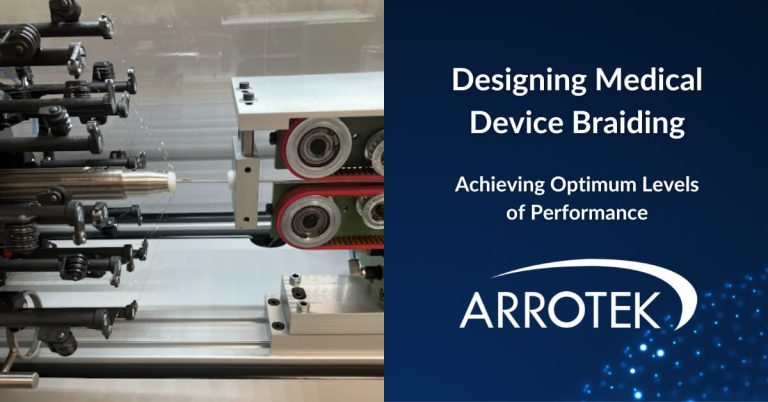When you first came up with your idea for a new medical device, you probably had a fairly clear picture of how it could help improve health outcomes. In the medical device product design process, this is known as User Needs.
What often happens next, however, is new ideas start to come to mind. For example, you might think of other clinical areas or conditions that your new medical device product could help with. Or you might come up with ideas for alterations you could potentially make to the product further down the road that would make it even more beneficial.
This is all before you’ve seen a concept drawing let alone a physical prototype.
The Importance of Documenting User Needs
The above is why identifying, defining, and properly documenting User Needs is so important.
Firstly, it helps focus the medical device product design and development process, ensuring it is as efficient and effective as possible.
Defining User Needs also improves the quality and performance of the product that is ultimately developed, and it aids the regulatory approval process.
Understanding User Needs
In a previous blog, we looked at Quality Systems and design controls. Defining User Needs is an essential part of the design controls you put in place within your Quality System.
The central focus of doing this is that you need to be able to prove your new medical device product does what you claim it does and is suitable for its intended uses.
This brings us to two phrases you are likely to encounter during the medical device product design process: intended use and indications for use. As part of documenting User Needs, you will need to define both.
The Intended Use of Your New Medical Device Product
This involves describing the specific purpose of your new medical device product and what it does.
Importantly, however, you should not include things your new product could be used for. Instead, concentrate solely on the primary use you envisage.
The Indications for Use of Your Medical Device Product
Defining the indications for use of your medical device product involves outlining the situations, circumstances, diseases, and/or conditions where your product can be used to treat, mitigate, diagnose, cure, or prevent.
It’s also important you describe the patient group you are designing the medical device product for.
Why It’s Important to Define User Needs
We’ve already touched on this above, i.e. defining User Needs prevents drift in the design process and it reduces the risk of going off on tangents.
Staying focused on developing a product specifically aimed at addressing the defined User Needs also keeps the development process on track and improves the quality of the finished product.
We also mentioned the regulatory approval process above.
To understand this further, have a look at the image below.

This is from the Design Control Guidance for Medical Device Manufacturers document published by the FDA in the US.
It is known in the industry as the design control waterfall diagram.
And at the top of the waterfall is… User Needs.
So, the User Needs definition leads to design inputs, the design process, and the design outputs (concepts, drawings, 3D models, prototypes, etc). Verification then takes place with the design process continuing through as many iterations as required before the final medical device product is finalised.
This final product is then validated based on the defined User Needs.
In other words:
- Does the product perform according to its intended use definition?
- Is it suitable for the situations you described when identifying its indications for use?
- Can you prove both of the above?
As you can see, defining User Needs is a crucial early step in the medical device design process. Your development team will be able to help with this step but in a future blog we’ll look at how to document User Needs.





